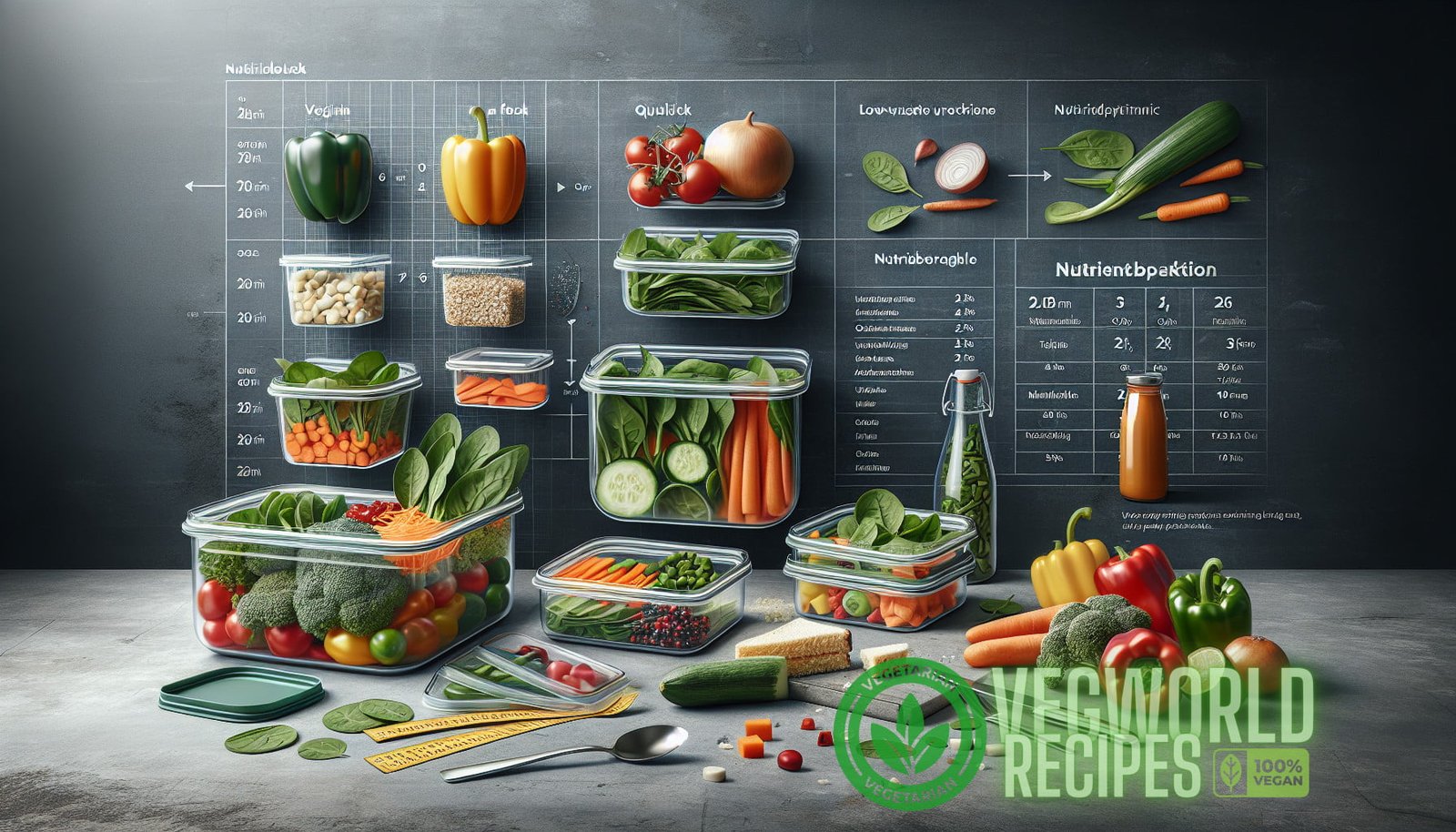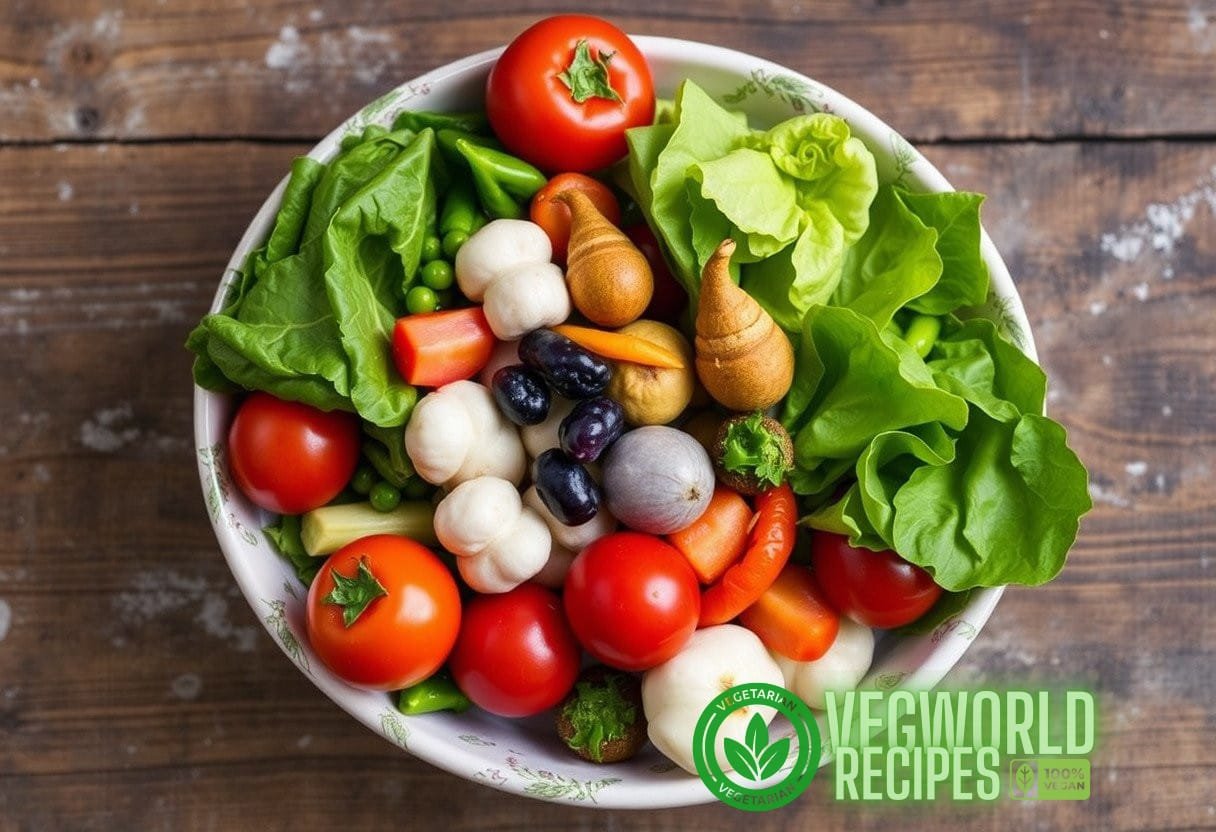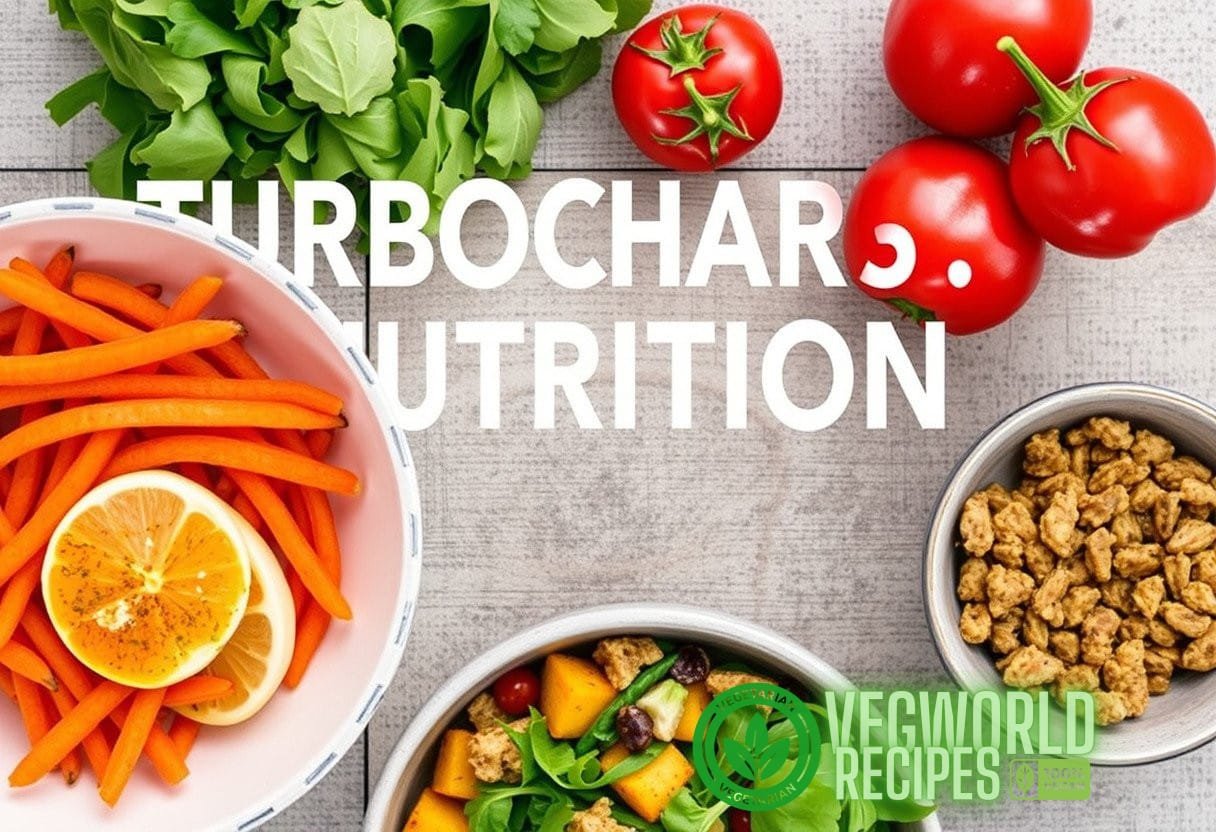Efficient Low-Waste Lunches: Innovations in Quick and Nutrient-Optimized Vegetarian Meal Prep
In recent years, there has been a growing trend towards more efficient and eco-friendly lifestyles. One area where this trend is particularly noticeable is in the way we approach our meals. Gone are the days of spending hours in the kitchen preparing elaborate meals. Instead, many people are opting for quick, nutrient-optimized vegetarian lunches that minimize waste and maximize efficiency. In this article, we will explore some of the innovative strategies and techniques that can help you create delicious and sustainable vegetarian lunches with minimal effort.
Why Choose Vegetarian Lunches?
Before we delve into the specifics of efficient low-waste lunches, let’s take a moment to discuss why vegetarian options are a popular choice. There are several compelling reasons why people are embracing vegetarianism, especially for their midday meals:
1. Health Benefits: Vegetarian lunches are typically rich in fruits, vegetables, whole grains, and plant-based proteins, which are all important components of a healthy diet. Studies have shown that vegetarian diets can help reduce the risk of heart disease, high blood pressure, and certain types of cancer.
2. Environmental Considerations: Livestock production is responsible for a significant amount of greenhouse gas emissions, deforestation, and water pollution. By choosing vegetarian lunches, you can help reduce your ecological footprint and contribute to a healthier planet.
3. Animal Welfare: Many people choose vegetarian lunches because they are concerned about the welfare of animals raised for meat consumption. By opting for plant-based meals, you can promote a more compassionate and cruelty-free approach to food.
Now that we’ve discussed the benefits of vegetarian lunches, let’s explore some of the innovative strategies that can help you create efficient low-waste meals.
Efficient Vegetarian Ingredients
One of the keys to efficient vegetarian lunches is choosing ingredients that are versatile, easy to prepare, and have a longer shelf life. Here are some examples of such ingredients:
1. Beans and Legumes: Beans and legumes, such as chickpeas, lentils, and black beans, are excellent sources of protein and fiber. They can be used in a variety of dishes, including salads, soups, and wraps. Canned or dried beans and legumes are convenient and have a long shelf life.
2. Whole Grains: Whole grains like quinoa, brown rice, and whole wheat pasta are nutritious and filling. They can be cooked in advance and used as a base for salads or served as a side dish. Whole grains are also a great source of complex carbohydrates, which provide sustained energy throughout the day.
3. Leafy Greens: Leafy greens, such as spinach, kale, and Swiss chard, are packed with vitamins, minerals, and antioxidants. They can be used as a base for salads, added to sandwiches, or sautéed as a side dish. Leafy greens are a great way to add nutrients and flavor to your vegetarian lunches.

Efficient Vegetarian Meal Prep Techniques
To create efficient low-waste lunches, it’s important to develop some meal prep techniques that will save you time and effort. Here are a few strategies to consider:
1. Batch Cooking: Dedicate a day or two each week to batch cooking. Prepare large quantities of grains, beans, roasted vegetables, and sauces, and then portion them out into individual containers. This way, you’ll have ready-to-eat components that can be mixed and matched throughout the week.
2. Mason Jar Salads: Mason jar salads are a great way to pack a nutritious lunch that will stay fresh. Start by layering your ingredients in a mason jar, starting with dressing at the bottom, followed by grains, proteins, vegetables, and leafy greens. When you’re ready to eat, simply shake the jar to mix everything together.
3. Wraps and Sandwiches: Wraps and sandwiches are convenient and portable options for vegetarian lunches. Use whole wheat tortillas or bread and fill them with an assortment of vegetables, proteins, spreads, and sauces. Wrap them tightly in parchment paper or beeswax wraps to keep them fresh.
Efficient Low-Waste Lunch Ideas
Now that we’ve covered some efficient vegetarian ingredients and meal prep techniques, let’s explore a few lunch ideas that you can incorporate into your weekly rotation:
1. Quinoa Salad with Roasted Vegetables: Cook a large batch of quinoa and roast a variety of vegetables, such as bell peppers, zucchini, and eggplant. Mix the cooked quinoa with the roasted vegetables, add a simple dressing, and top with some fresh herbs and feta cheese. This colorful salad can be enjoyed warm or cold.
2. Hummus and Veggie Wrap: Spread a generous amount of hummus on a whole wheat tortilla. Add sliced cucumbers, bell peppers, tomatoes, and sprouts. Roll it tightly and wrap it in parchment paper or beeswax wraps. This simple and nutritious wrap can be made in advance and enjoyed on the go.
3. Lentil Soup with Whole Grain Bread: Prepare a large pot of lentil soup with vegetables, herbs, and spices. Serve it with a slice of whole grain bread for a satisfying and filling lunch. This soup can be refrigerated or frozen in individual portions for future lunches.
In conclusion, efficient low-waste lunches are a great way to incorporate nutritious and sustainable vegetarian options into your daily routine. By choosing versatile ingredients, implementing meal prep techniques, and experimenting with different lunch ideas, you can create delicious and eco-friendly meals with minimal effort. Whether you’re looking to improve your health, reduce your environmental impact, or promote animal welfare, the world of vegetarian lunches offers a multitude of possibilities.
To learn more about efficient vegetarian meals and get additional lunch ideas, check out these articles on https://vegworldrecipes.fun/quick-meals/efficient-vegetarian-meals-2/ and https://vegworldrecipes.fun/quick-meals/vegetarian-lunch-hacks/.


